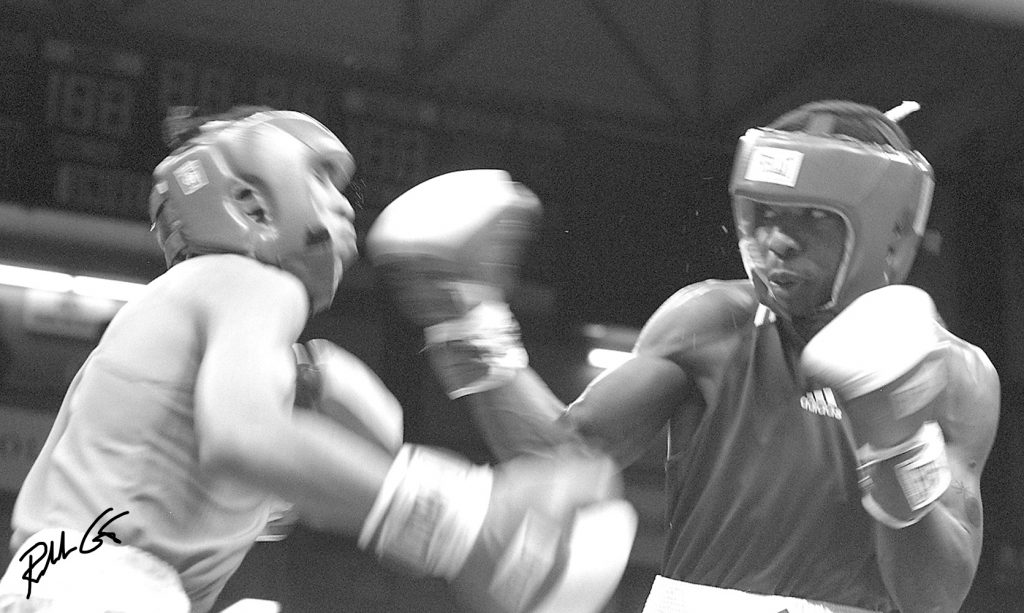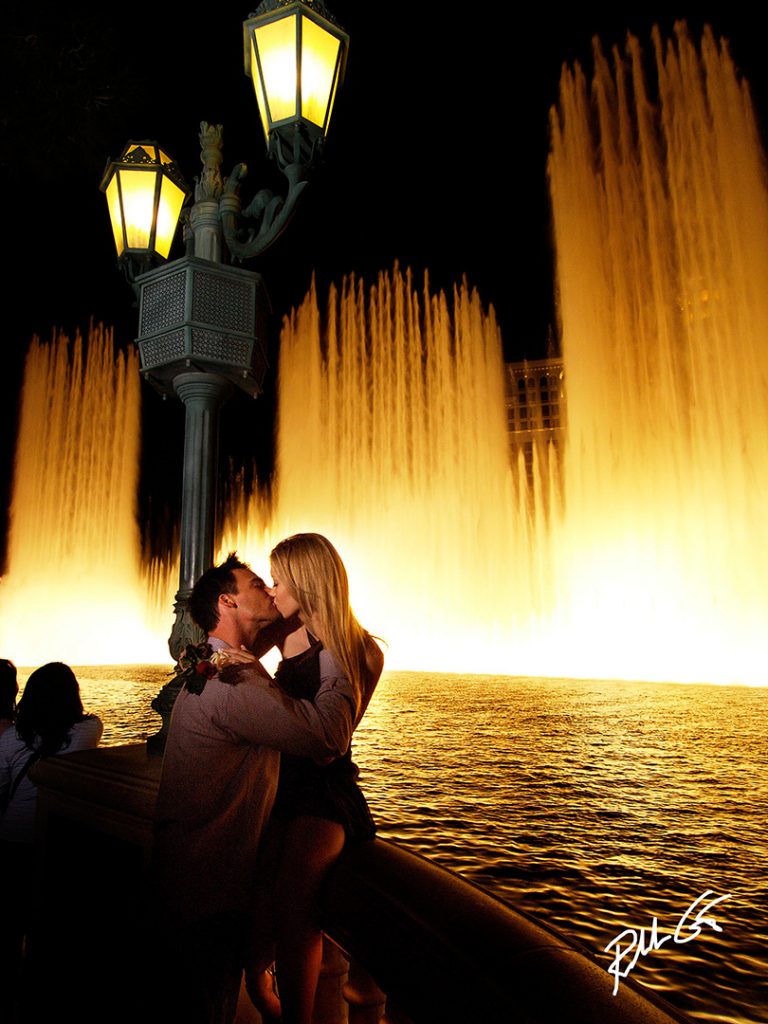In our four-part series about how to critique photos we covered various elements that make photos great like composition, lighting, exposure, sharpness, etc., so now let’s look at storytelling with your photos especially if you’re considering publication. If you have no interest in getting published, that’s fine too, but your photography will improve with the storytelling element. Ultimately, it’s about visual impact and successful storytelling with your photos creates that impact through editorial value and emotional appeal.

I captured this storytelling photo during the Pan American Olympic Games. Notice the emotions of the boxers, that adds editorial value to this photo.
Editorial Value in Your Photos
Editorial value traditionally appeals more to publication requirements when images are used to illustrate a story. A photo editor normally tells you what they’re looking for in an image and if your target is social media, it’s value might be based on hashtags and trends. If you’re a blogger, or want to submit a freelance article, then the photo needs to illustrate your points. Visual storytelling with your photos is a form of conveying an event or message you’ve captured with your digital camera.
If your photo doesn’t support the article for publication or social media trends, that doesn’t necessarily mean it’s a bad photo, it’s just not the photo needed to support the editorial content. When you experience this type of rejection for publication, save your photos for future articles as trends change on a whim. You can also license your photos through stock agencies or use these photos for your own portfolio promotion. Not all images we capture are storytelling, but the more you focus on storytelling with your photos, the more powerful your photography becomes.

This photo caters more to the emotional appeal of love.
Emotional Appeal in Your Photos
Emotional appealin your photos will invoke emotions in people. If you have to photograph the birth of a newborn, then obviously your audience is that newborn’s family and friends, so look for that emotional appeal on people’s faces when you capture their photos. Hopefully the images you capture will convey the story of a newborn’s birth that not only the proud parents will cherish but that newborn’s future children, family, and friends will cherish too.
The common thread to look for when it comes to emotional appeal in your photography as you edit your photos is: “Does the photo invoke an emotion?
When one of your photos is emotionally strong, it might become viral on social media. But don’t judge a photo’s emotional appeal based on comments, likes and shares on social media or even the popular photographer/modeling websites as most people are not photo editors. There are a lot of trolls, stalkers, gawkers, juveniles, etc., and as an example, a scantily clad model photo will always get more likes, comments and shares, but that popularity uptick doesn’t necessarily make for a photo great, especially to a photo editor.
It’s easy to feel biased towards your own creations and as always, expect positive reviews from family and friends, but don’t count on their blessings as a sign of a great photo — unbiased feedback is always a better testament to your photography and keep in mind, photography is subjective too.
There are many forms of emotions to consider like sadness, joy, trust, anger, anticipation, disgust, envy, love, and surprise. Other forms exist too, but these are some of the main emotions photographers can capture in their images, obviously some are positive, some are negative, but the idea is to target reaction, preferably positive reaction. Public acceptance is always preferred for a photo editor when they consider photos for publication, but it’s not uncommon for a publication to publish photos that cause public outcry too.
Photo editors and great photographers know powerful photos are those that invoke emotions over a broad spectrum of viewers — remember the Eddie Adams photo of General Nguyen Ngoc Loan executing a Viet Cong prisoner in Saigon? Adams won the Pulitzer with an emotional photo of a man being brutally executed. While you probably won’t win a Pulitzer with a fashion, glamour, beauty or fine art photo, you should strive to gain acceptance of your photography from at least your subject, client, and possibly from your platform.

Notice the emotional appeal of love illustrated in this silhouette and how any viewer can picture themselves in this image.
You’ll find that often your strongest images are a result of storytelling with your photos and you can increase that result in portraiture if you capture an environmental portrait. Environmental portraits tell a story about the person being photographed. Let’s pretend you have to photograph the CEO of an automobile company for their annual perspective. A great photographer would place that CEO in a position where something like the assembly line is in the background. This technique where you have a main element and a secondary element to tell a story is what photo editors call juxtaposition.
Sometimes when a photo tells a story through the use of juxtaposition it’s subtle or implied. For example, if you have a photo of a female subject standing at the bathroom mirror applying lipstick, that is one story. But if you have the same scenario where the mirror’s reflection displays a doorway with a man’s tie hanging from the door, the story becomes more powerful and it can make the viewer feel emotionally as though they’re there. Something as simple as adding an extra glass can imply two people are there even though you only captured one person in your image.
As photographers are we always going to capture a photo with editorial value and emotional appeal? Not necessarily, but if we strive for it with some “pre-visualization” of what we’re trying to achieve, the chances do increase throughout the shoot. Think about working with your subject on a concept, this can help and as a minimum when it comes to storytelling with your photos ask yourself, “Why stop when you can make it better?” Take those insurance shots.
While there are other elements that make photos great, great storytelling images provide editorial value and emotional appeal. If your photos have these two elements, then you’re storytelling with your photos and not just capturing another mediocre shot, and you’ll rise as a photographer because people value strong visual photographs, not ambiguous pictures. Anyone can take a picture, but not many can capture a photograph and storytelling with your photos is one step in that direction.



